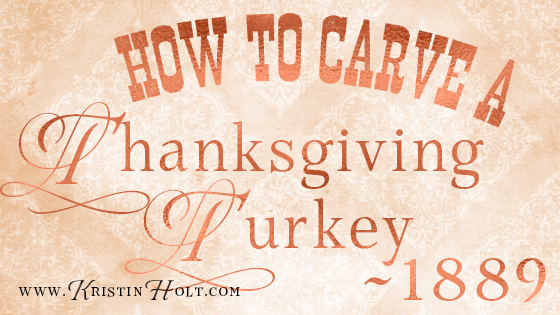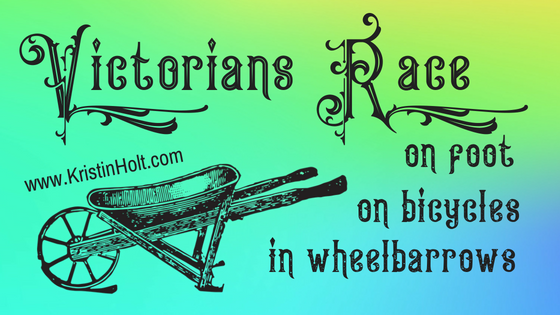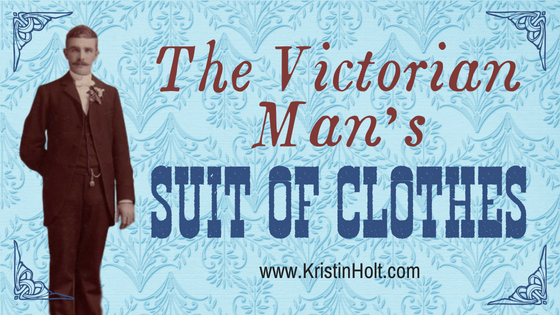
by Kristin Holt | Nov 12, 2018 | Articles
At the outset of Unmistakably Yours, Hank Murphy, proprietor of a fine new grocery emporium, is desperate to ensure adequate supplies to see his community through winter have arrived safely in Mountain Home. Much like Aesop’s fables about ants and grasshoppers, the American-Victorian era is ripe with moral-rich stories urging hard work during the summer to secure safety and comfort in the winter. This vintage newspaper article from 1880 showcases an example of the era’s “stories with a moral”.

by Kristin Holt | Nov 5, 2018 | Articles
This newspaper article, published in Vermont Journal of Windsor, Vermont, on November 30, 1889, instructs our Victorian ancestors (in the United States) how to properly carve a turkey. Picture the Thanksgiving table laden with fancy dishes, and the head of the household carving the bird from his place of honor at the head of the table.

by Kristin Holt | Aug 10, 2018 | Articles
Cool, inexpensive dessert recipes appealed to our Victorian grandmothers, especially in summertime heat. These three recipes, published in the Saint Paul Globe of Saint Paul, Minnesota on June 24, 1888 were perfect for a cameo appearance in my Holidays in Mountain Home title 8– Unmistakably Yours.

by Kristin Holt | Jul 4, 2018 | Articles
A key scene within Isabella’s Calico Groom (Calico Ball: Timeless Western Collection) is on Independence Day in Evanston, Wyoming Territory (a week shy of Wyoming’s acceptance into the Union as the 44th State). In keeping with the historical favorites when celebrating July 4th, the characters took note of the races–on foot, on bicycles, and in wheelbarrows. Victorian Americans enjoyed a wide range of contests with appealing prizes (cash, clothing, shoes, jewelry, etc.). Would you rather compete in a bicycle race, or in chasing a greased pig?

by Kristin Holt | Jul 3, 2018 | Articles
A man’s proper suit of clothes was worn by gentlemen, bankers, clerks, professionals… virtually every man except those who labored manually (such as miners). Given men owned so few items of clothing, they certainly wore what they had, despite the demand. Levi Strauss developed the original “Levi’s 201’s” and “Levi’s 501’s”, built to last in the clothing-destroying mines. Compare and contrast the “suit of clothes” with Levi’s originals.













